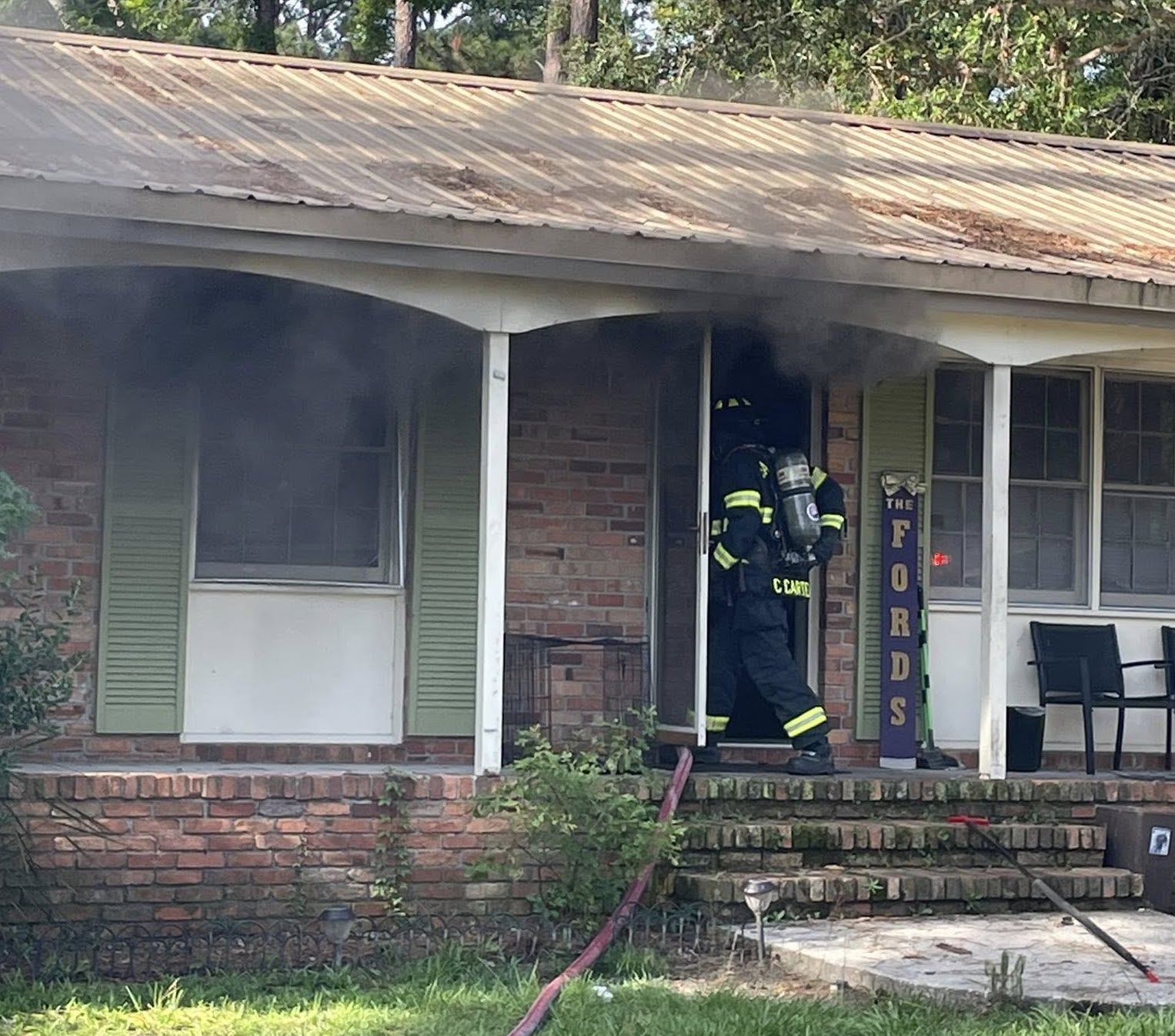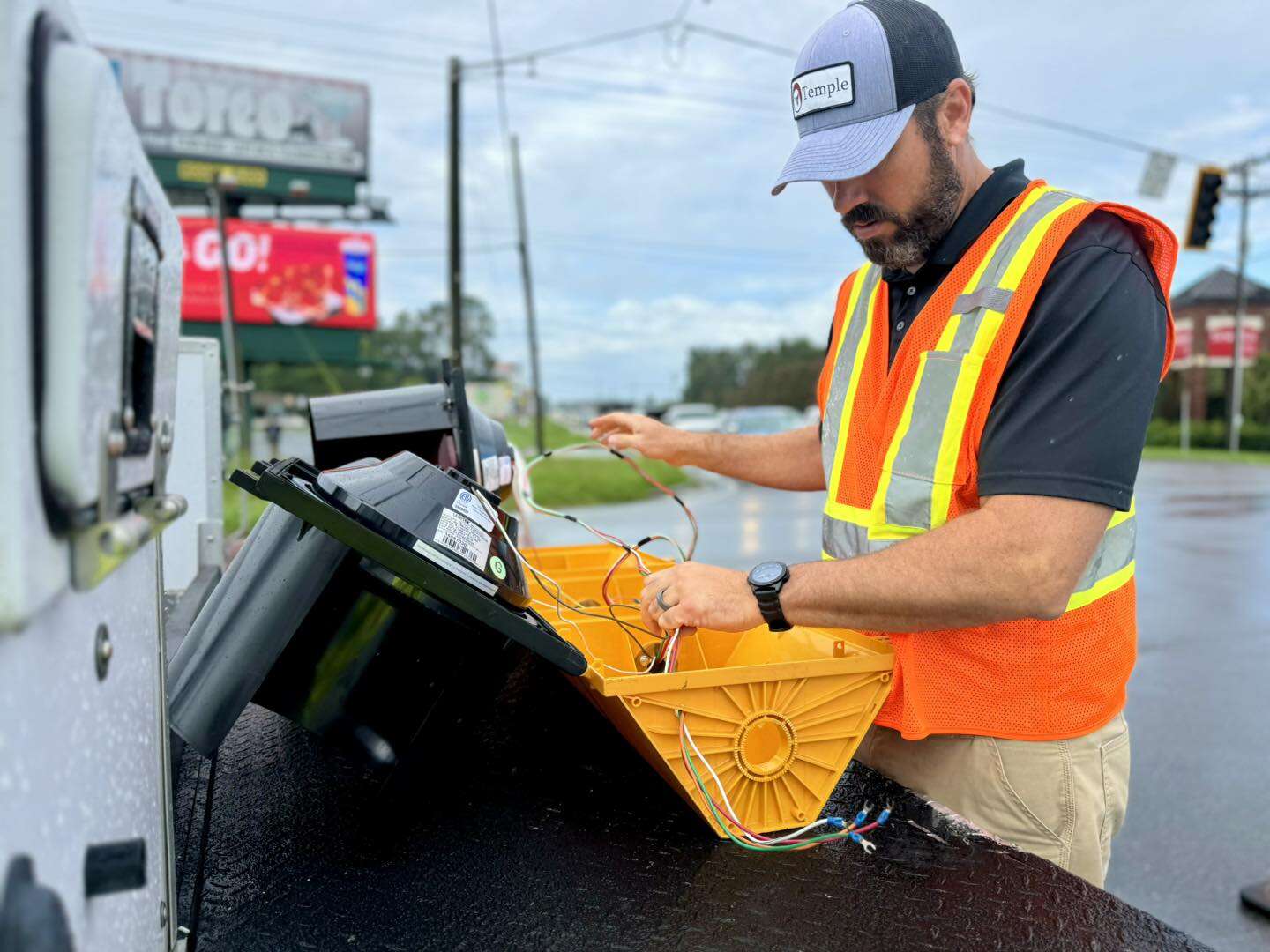Foster care number spikes
Published 6:00 am Tuesday, September 4, 2018

- Jill Nolin | The Valdosta Daily TimesJeff Lukich, who is the chief of staff for the state Division of Family and Children Services, talks about the number of children in foster care in Georgia. Earlier, the state was on track to have 18,000 children in state care by this year.
ATLANTA — The number of Georgia children in foster care has swelled in recent years, and in May, the number rose to a new high when more than 15,000 young Georgians were in state custody.
But it could have been much worse, said a state official who has led recent agency efforts to rethink how it handles removing children from their home.
Jeff Lukich, who is the chief of staff for the state Division of Family and Children Services, said the state was on track to have 18,000 children in state custody by this summer.
Lukich said several factors likely drove the increase, including a rise in substance abuse among parents, a pair of high-profile child deaths that likely left caseworkers more cautious and a newly created 24-hour call center that made it easier for the public to report suspected child abuse and neglect.
“We were essentially adding 200 additional children in our system every month for almost 24 consecutive months,” Lukich said in a recent interview. “In the spring of 2016, we knew we had to do something.”
The strain on the foster-care system could be a focal point for lawmakers next year, according to those behind the first significant update of the state’s adoption law in three decades. That measure, which took effect Saturday, is meant to speed up and simplify the adoption process in Georgia.
Rep. Bert Reeves, R-Marietta, who sponsored the adoption bill, said the new law could help expedite foster-care adoptions but more work needs to be done.
“We took a great first step with adoption and now we must focus even more on our children who are our most vulnerable population,” Reeves said at a press conference held Thursday, referring to children in foster care.
Lukich, who is a 29-year veteran with the division, said what he saw in the growing foster-care roster was a “front-door problem.” The staff’s efforts to find a permanent solution for children – whether through adoption, reunification with family or another outcome – were not keeping pace with the rate of children entering the system, he said.
So that’s where Lukich said the division started to turn its attention two years ago. The division started what it calls the Safe at Home campaign as a way to re-emphasize keeping families intact – and children out of state care – when possible.
“Safety is number one for us, but we also have to understand that having too many children in foster care – when the system grows that much – it can potentially make all children more unsafe because you have less eyes on the children,” Lukich said. “It’s a balance that we have to watch.”
So what’s changed?
Division staff must now take an additional step before recommending a judge remove a child.
That added layer of scrutiny is called a pre-removal team that, ideally, includes several local people involved in the child’s life, from mental health professionals and teachers to – most importantly – the family. The goal is to identify solutions that will enable the child to stay home. That might mean a brief stay with a relative, counseling, help with housing or tapping into other resources.
When the number of children in state care peaked again this summer, another step was added. A group that, most notably, includes the state Office of the Child Advocate – which basically functions as the system’s watchdog – takes a fresh look at the case and any alternatives available. This component is limited to the Atlanta area and the state’s coastal region for now.
Lukich said the agency has put particular emphasis on the dozens of counties that account for two-thirds of the increase in children going into foster care. That list includes Lowndes, Whitfield, Tift and Colquitt counties.
The state has seen a slight decrease since the May spike, with the total number of children in foster care at 14,590 as of mid August.
“We’re only beginning to realize the level of trauma it creates for a child when they come into care, even if it’s for one week and go back home,” he said. “There’s a lot of research now that suggests that trauma is really significant.”
Jill Nolin covers the Georgia Statehouse for The Valdosta Daily Times, CNHI’s newspapers and websites.





